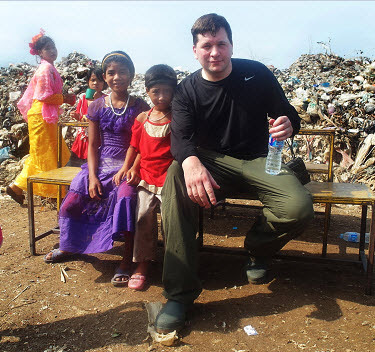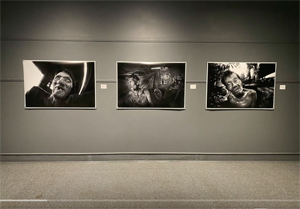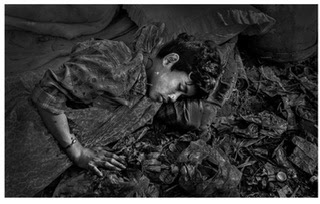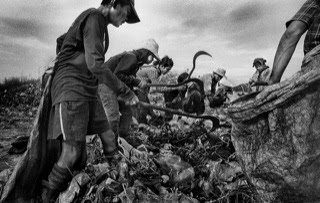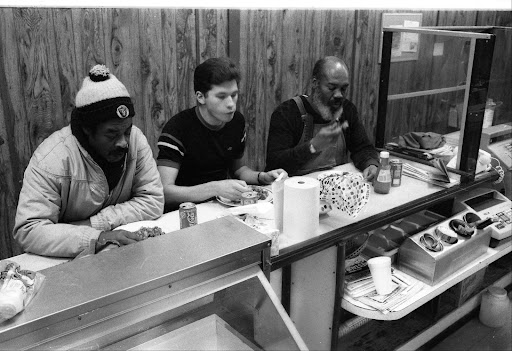Wet plate photography fixer comes in 3 forms, sodium thiosulfate (hypo), ammonium thiosulfate (rapid fix) and KCN (made with potassium cyanide). It is rather frightening to be thinking of using highly poisonous cyanide in a photographic process but it does have distinctive advantages according wet plate process experts like Quinn J and Mark O (both men also give warnings on KCN/potassium cyanide use).
1) Faster clearing plates (minor advantage)
2) Cleaner black tones in the shadow areas of plate (major advantage)
3) Brighter highlight tonality (major advantage)
4) Shorter wash times, 10 minutes versus 30+ (major, major advantage in the field)
I am a bit surprised to be saying this but PASS THE CYANIDE, it seems like the best way to go. I will start out using a standard fixer and later on when I am more confident give potassium cyanide a try (assuming I can buy it, it might be near impossible to buy).
Eventually I have a feeling all my work will be fixed with KCN. I will need to learn to work very carefully with this highly dangerous chemical. Secure storage of the cyanide and careful handling of it in liquid form is also extremely important. When mixing it I will have to use a respirator and rubber gloves. KCN should only be stored in plastic bottles. You do not want to break the bottle and cut your hand, that could turn out lethal.
The reduced wash time is a key positive. I might be doing hundreds, perhaps thousands of plates, 10 minutes versus 30+ is a huge difference and requires so much less water. It will come down to the look thou, how does the ambrotype look? How does one fixes with thiosulfate feel to me? How does one fixed with KCN feel to me?
1) Faster clearing plates (minor advantage)
2) Cleaner black tones in the shadow areas of plate (major advantage)
3) Brighter highlight tonality (major advantage)
4) Shorter wash times, 10 minutes versus 30+ (major, major advantage in the field)
I am a bit surprised to be saying this but PASS THE CYANIDE, it seems like the best way to go. I will start out using a standard fixer and later on when I am more confident give potassium cyanide a try (assuming I can buy it, it might be near impossible to buy).
Eventually I have a feeling all my work will be fixed with KCN. I will need to learn to work very carefully with this highly dangerous chemical. Secure storage of the cyanide and careful handling of it in liquid form is also extremely important. When mixing it I will have to use a respirator and rubber gloves. KCN should only be stored in plastic bottles. You do not want to break the bottle and cut your hand, that could turn out lethal.
The reduced wash time is a key positive. I might be doing hundreds, perhaps thousands of plates, 10 minutes versus 30+ is a huge difference and requires so much less water. It will come down to the look thou, how does the ambrotype look? How does one fixes with thiosulfate feel to me? How does one fixed with KCN feel to me?










